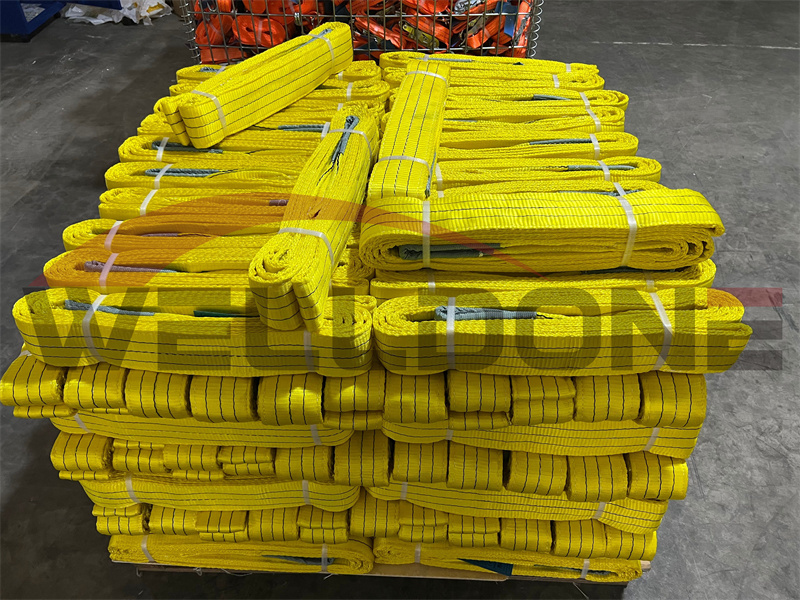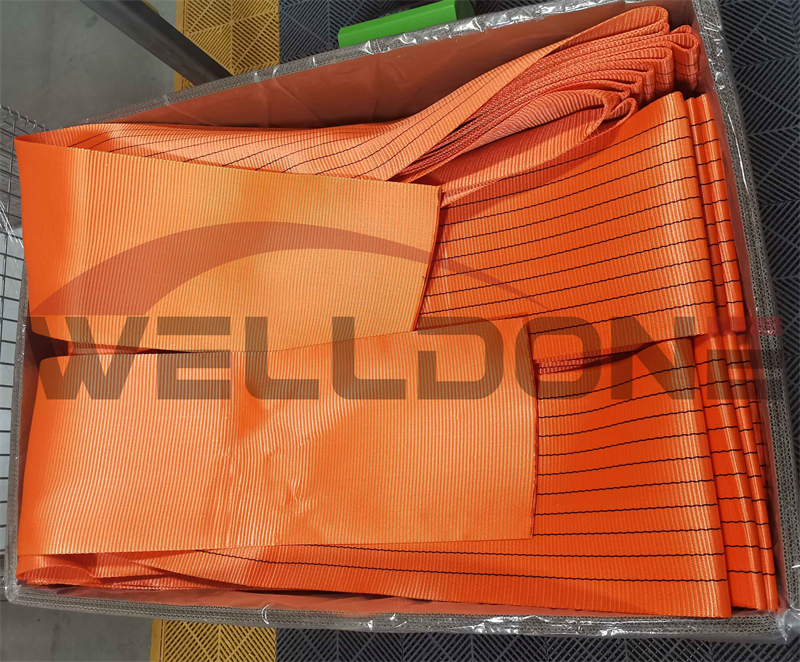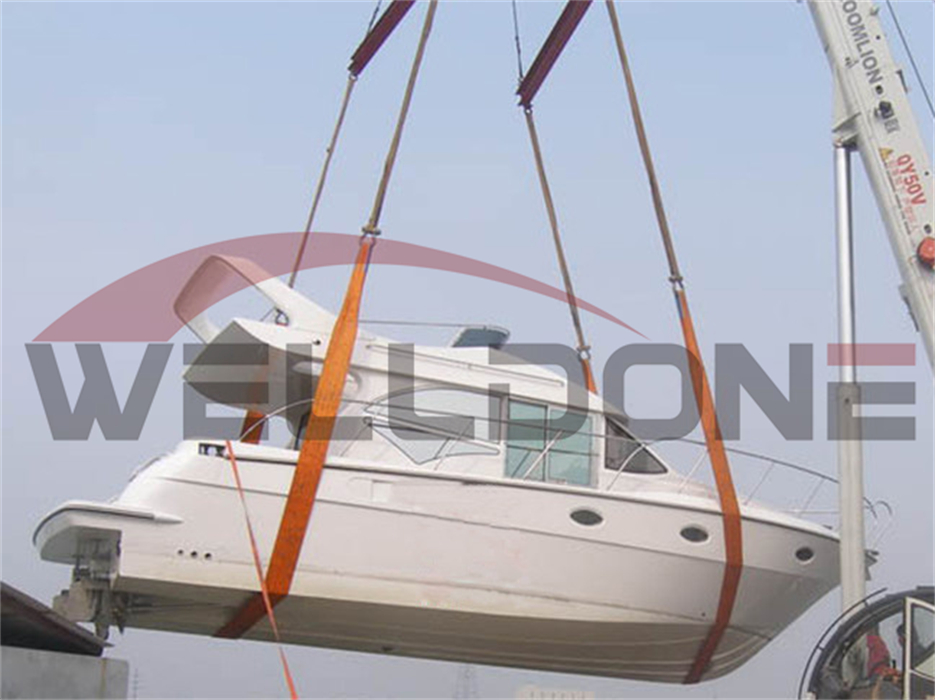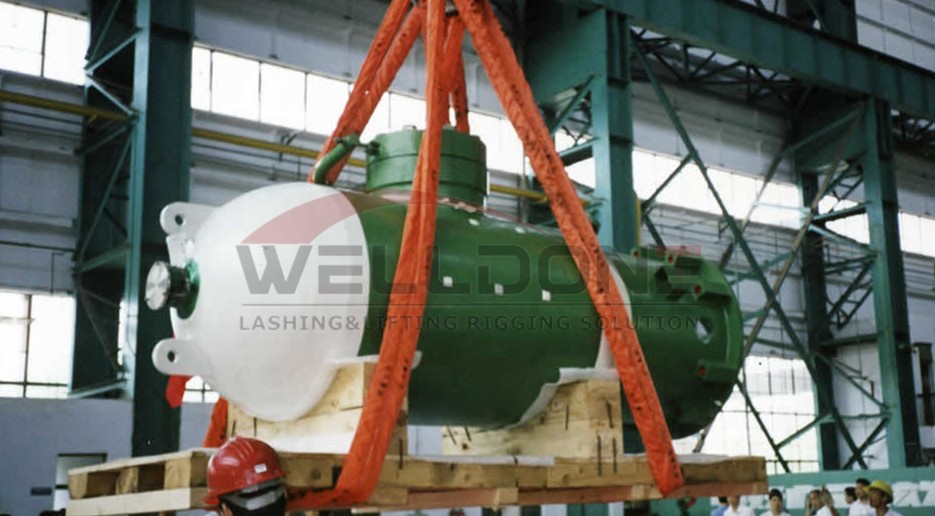A synthetic sling is a flexible lifting device made from synthetic fibers, specially designed for hoisting and moving loads safely and efficiently. It plays a critical role in industries such as construction, manufacturing, logistics, ports, aerospace, and petrochemicals. Compared to traditional wire ropes or chains, synthetic slings offer multiple advantages including reduced weight, flexibility, non-damaging material, and a high safety factor—making them essential in modern lifting operations.
Definition of a Synthetic Sling
A synthetic sling is made from high-strength synthetic fibers such as polyester (PES), polyamide (PA, commonly known as nylon), or polypropylene (PP). They come in two primary forms: flat webbing slings and round slings.
Types of Synthetic Slings
-
Flat Webbing Sling: Made of multiple layers of high-strength polyester fibers, it has a wide and flat surface ideal for lifting flat and regular-shaped objects. The eyes are typically reinforced for better wear resistance and safety.
-
Round Sling: Made of continuous loops of high-strength fiber yarns encased in a protective sleeve. It offers excellent flexibility, load distribution, and reduced risk of twisting. Ideal for lifting irregular or delicate items, it provides better protection than flat slings.
Common Applications of Synthetic Slings
-
Machinery Lifting: Used to hoist machines, tools, or steel components in manufacturing, assembly, and installation sites.
-
Ports and Logistics: Widely used in container handling and bulk material movement due to its flexibility and non-damaging nature.
-
Construction: Employed to lift rebar, formwork, precast panels, etc., on construction sites, often in combination with cranes.
-
Wind Power and Heavy Industry: Used to hoist large structural parts like wind turbine blades or towers, often utilizing round slings for their protection and strength.
-
Aerospace and Precision Equipment Handling: Ideal for lifting valuable or sensitive equipment, as slings prevent scratches and deformation.
Advantages of Synthetic Slings
-
Soft and Non-damaging: Compared to steel wire ropes, synthetic slings do not scratch or compress load surfaces, making them suitable for coated or precision items.
-
Lightweight and Easy to Handle: Much lighter than steel ropes of equivalent strength, synthetic slings are easy to transport, set up, and store—greatly improving efficiency.
-
High Strength and Safety Factor:
The design of synthetic slings generally adopts safety factors of 5:1, 7:1, or 8:1 to ensure safe usage.
-
Abrasion and Corrosion Resistant: Materials offer excellent resistance to water, oil, and chemicals, allowing use in complex environments.
-
Customizable: Available in various lengths, widths, layers, and end fittings to meet diverse lifting needs.
How to Select the Right Synthetic Sling
When choosing a synthetic sling, consider the following factors:
-
Load Weight and Type: Choose the appropriate type (flat or round), rated capacity, and length based on the shape, weight, and surface of the load.
-
Lifting Method: Different lifting configurations—straight lift, U-lift, or double-leg—require different sling widths and structures.
-
Frequency and Environment: For frequent use or harsh environments (e.g., high temperature, acid/alkali, humidity), select slings with protective coatings or special materials.
-
Standards and Certifications: Choose products that comply with relevant standards such as EN 1492-1/2, ASME B30.9, or AS4497.1 to ensure quality and safety.
Post time: Jun-03-2025








